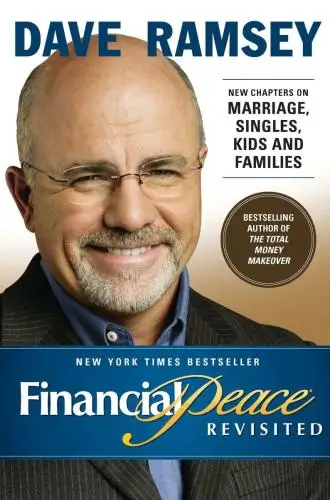Financial Peace
New Chapters on Marriage, Singles, Kids and Families
What's it about?
Financial Peace Revisited by Dave Ramsey offers you practical steps to achieve financial freedom. Within its pages, you'll discover time-tested strategies for managing your money, from budgeting effectively to eliminating debt and investing wisely. Ramsey's approach emphasizes behavioral change and personal responsibility, making it a transformative read. Whether you're struggling with financial woes or seeking to build wealth, this book provides the tools and motivation to set you on a path to financial peace.
About the Author
Dave Ramsey is a personal finance expert known for his straightforward approach to debt elimination and wealth building. Author of "The Total Money Makeover," his teachings emphasize the importance of budgeting, avoiding debt, and investing wisely. Ramsey's work is characterized by practical advice and motivational support for financial discipline.
10 Key Ideas of Financial Peace
Embrace the Seven Baby Steps for Financial Freedom
The Seven Baby Steps are a sequential guide to achieving financial peace.
Step 1 involves saving $1,000 as a starter emergency fund.
Step 2 is about using the debt snowball method to pay off all debt except the house.
In Step 3, you expand your emergency fund to cover 3-6 months of expenses.
Step 4 focuses on investing 15% of household income into Roth IRAs and pre-tax retirement funds.
Step 5 is about setting aside college funding for children.
Step 6 advocates for paying off your home early.
Finally, Step 7 is about building wealth and giving generously.
This structured approach simplifies financial planning and ensures a balanced focus on debt reduction, savings, and investment.
Learn DeeperTrack Your Spending: Start by keeping a detailed record of where every dollar goes each month. This will help you identify areas where you can cut back to fund your $1,000 emergency savings.
Use the Debt Snowball Method: List all your debts from smallest to largest regardless of interest rate. Focus on paying off the smallest debt first while making minimum payments on the others. Once the smallest debt is paid off, move to the next smallest, creating a 'snowball' effect.
Automate Your Savings: Set up automatic transfers from your checking account to your savings and investment accounts. This makes it easier to consistently save for your emergency fund, retirement, and your children's college education without having to think about it.
Find Extra Money: Look for ways to increase your income, such as taking on a side job or selling items you no longer need. Use this extra money to pay down debt faster or boost your savings.
Review and Adjust Regularly: Every few months, review your financial plan and adjust as necessary. Life changes, and so will your financial goals and needs.
- Example
If you're trying to fund your initial $1,000 emergency savings, you might decide to skip eating out for a month and put what you would have spent directly into your savings account.
- Example
For the debt snowball method, suppose you have three debts: $500 on a credit card, $2,000 on a car loan, and $10,000 in student loans. You'd focus all extra payment efforts on the $500 credit card debt first, while still making minimum payments on the other two. Once the credit card is paid off, you'd then target the car loan, and finally, the student loans.
Create a Zero-Based Budget Each Month
A zero-based budget means every dollar has a job before the month begins, ensuring income minus outgo equals zero.
This method forces you to account for every dollar, reducing wasteful spending and increasing your savings rate.
It encourages proactive financial management, making you more aware of where your money is going and helping you to prioritize your spending in alignment with your financial goals.
Learn DeeperTrack Your Spending for a Month: Before you can create a zero-based budget, you need to know where your money is currently going. Use an app or a simple spreadsheet to track every dollar you spend for one month.
Categorize Your Expenses: Divide your expenses into categories such as housing, groceries, utilities, entertainment, savings, and debt repayment. This will help you see where you can cut back and how you can allocate your income more effectively.
Assign Every Dollar a Job: Once you have a clear picture of your monthly income and expenses, allocate every dollar of your income to a specific category. If you have money left after covering your essentials and savings, decide how it will be spent or saved rather than letting it disappear.
Review and Adjust Monthly: Your financial situation and goals may change, so review your budget monthly. Adjust categories as needed to stay on track with your financial goals, ensuring that your income minus outgo still equals zero.
- Example
If you earn $3,000 a month, you would allocate funds to cover all your expenses, savings, and debt payments so that your total spending equals $3,000. For instance, $1,000 might go to rent, $300 to groceries, $200 to utilities, $500 to savings, $400 to debt repayment, and the remaining $600 to other necessary expenses.
- Example
During a month where you receive a bonus at work, instead of spending it impulsively, you would adjust your zero-based budget to account for this extra income. You might decide to put half into savings, a quarter into debt repayment, and the remaining quarter towards a needed home repair, ensuring that every dollar of your bonus is intentionally spent or saved.
Attack Debt with the Debt Snowball Method
The debt snowball method involves listing your debts from smallest to largest, regardless of interest rate, and paying them off in that order while making minimum payments on the others.
This strategy provides psychological wins, motivating you to continue paying off debt by quickly eliminating smaller debts first, creating momentum and a sense of achievement that fuels your commitment to becoming debt-free.
Learn DeeperList all your debts: Start by writing down every debt you have, no matter how big or small. This includes credit card debt, student loans, car loans, and any other type of debt you might have.
Organize your debts from smallest to largest: Once you have your list, rearrange it so that the smallest debt is at the top and the largest is at the bottom. Don't worry about interest rates for now; just focus on the balance amounts.
Focus on paying off the smallest debt first: Make the minimum payments on all your other debts, but put any extra money you have towards paying off the smallest debt. This could mean cutting back on non-essential expenses or finding ways to increase your income.
Celebrate when you pay off a debt: Once you've paid off the smallest debt, take a moment to celebrate your achievement. This will help keep you motivated to move on to the next debt on your list.
Roll over your payments: After you've paid off one debt, use the money you were putting towards it to help pay off the next smallest debt. This 'snowball' effect means your payments will get bigger and bigger as you pay off each debt, speeding up the process.
- Example
If you have three debts: a $500 medical bill, a $2,000 credit card debt, and a $10,000 car loan, you would start by focusing all your extra payment efforts on the $500 medical bill. Once that's paid off, you move on to the $2,000 credit card debt, and finally, the $10,000 car loan.
- Example
Imagine you're paying minimum payments of $50 on a $500 credit card debt, $100 on a $2,000 student loan, and $200 on a $5,000 car loan. After paying off the $500 credit card debt by focusing extra payments there, you then apply the $50 you were using for the credit card debt plus any extra funds to the $2,000 student loan, increasing the speed at which you can pay it off.
Save for Emergencies Before Paying Off All Debt
Having a starter emergency fund of $1,000 before aggressively paying off debt is crucial.
It acts as a financial buffer to prevent new debt accumulation in case of unexpected expenses.
This approach ensures that minor emergencies don't derail your debt repayment plan, allowing you to stay focused on eliminating debt without adding new ones.
Learn DeeperOpen a dedicated savings account for your emergency fund. This separates your emergency savings from other funds, making it less tempting to dip into for non-emergencies.
Automate your savings. Set up a direct deposit from your paycheck or an automatic transfer from your checking account to your emergency fund. Even a small, consistent amount can build up over time.
Cut back on non-essential expenses. Review your monthly spending and identify areas where you can save money. Apply these savings directly to your emergency fund until you reach the $1,000 goal.
Sell unused items around your home. This can be a quick way to boost your emergency fund. Use online marketplaces or local selling apps to find buyers for things you no longer need or use.
- Example
Imagine your car breaks down and the repair costs $600. Instead of putting this unexpected expense on a credit card and increasing your debt, you use your emergency fund to cover it. This keeps your debt repayment plan on track without adding new debt.
- Example
You receive a medical bill for $400 that you weren't expecting. Instead of stressing about how to pay for it or using a credit card, you pull from your emergency fund. This allows you to handle the expense immediately and without accruing interest charges.
Invest 15% of Household Income into Retirement
After establishing an emergency fund and paying off consumer debt, allocating 15% of your household income to retirement accounts like Roth IRAs and 401(k)s is essential.
This level of investment balances the need to save for the future while still allowing for current financial obligations and goals.
It's a sustainable rate that can significantly impact your retirement savings over time, thanks to compound interest.
Learn DeeperAssess your current financial situation: Start by understanding where you stand financially. Calculate your monthly income and expenses to see how much you can realistically dedicate to retirement savings.
Create or adjust your budget: Incorporate the 15% retirement savings goal into your budget. This may require cutting unnecessary expenses or finding ways to increase your income.
Open the right retirement accounts: If you don't already have a Roth IRA or 401(k), research which option is best for you and open an account. Consider factors like employer match programs, tax advantages, and investment options.
Set up automatic contributions: Automate your retirement savings by setting up automatic transfers from your checking account to your retirement accounts. This ensures you consistently invest 15% of your income without having to think about it each month.
Regularly review and adjust your investments: As your income grows or your financial situation changes, increase your contributions accordingly. Also, periodically review your investment choices to ensure they align with your retirement goals and risk tolerance.
- Example
Jane, a graphic designer, calculates her monthly take-home pay to be $4,000. Following the advice, she decides to save $600 (15% of her income) each month for retirement. She adjusts her budget by reducing dining out and subscription services, and sets up an automatic transfer from her checking account to her Roth IRA.
- Example
Alex and Sam, a married couple, combine their incomes to find they bring home $7,500 a month. They decide to contribute $1,125 monthly into their 401(k)s, taking advantage of their employers' match programs to maximize their savings. They review their budget, cutting back on luxury expenses and opting for more cost-effective entertainment options to free up the necessary funds.
Deeper knowledge. Personal growth. Unlocked.
Unlock this book's key ideas and 15M+ more. Learn with quick, impactful summaries.
Read Full SummarySign up and read for free!
Financial Peace Summary: Common Questions
"Personal finance is 80% behavior and only 20% head knowledge." This quote from Dave Ramsey's Financial Peace Revisited encapsulates the core message of the book. Ramsey breaks down the steps to achieving financial independence in a straightforward and relatable manner, emphasizing the importance of changing one's mindset and habits towards money management.
What had me hooked were Ramsey's real-life examples and practical tips for getting out of debt, saving for emergencies, and investing for the future. His no-nonsense approach coupled with inspiring success stories made the book both informative and motivating. However, I found myself questioning some of his investment advice, which seemed overly simplistic at times.
Overall, Financial Peace Revisited provides a solid foundation for readers looking to take control of their finances and build wealth. If you enjoyed books like "The Total Money Makeover" by Dave Ramsey or "Rich Dad Poor Dad" by Robert Kiyosaki, this book is a must-read.
Experience Personalized Book Summaries, Today!
Discover a new way to gain knowledge, and save time.
Sign up for our 7-day trial now.
No Credit Card Needed

Similar Books

The Art of Spending Money
Morgan Housel
Trading in the Zone
Mark Douglas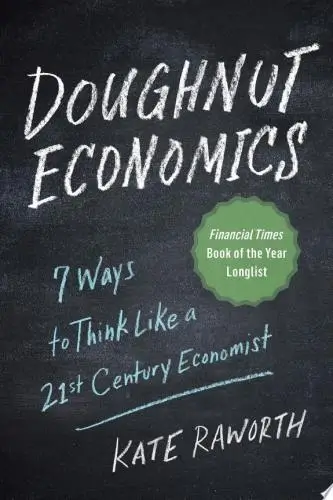
Doughnut Economics
Kate Raworth
A study guide for Barbara Ehrenreich's "Nickel and Dimed: On (Not) Getting By in America"
Gale, Cengage Learning
Bitcoin For Dummies
Prypto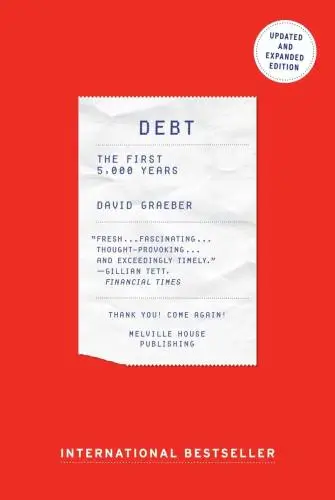
Debt
David Graeber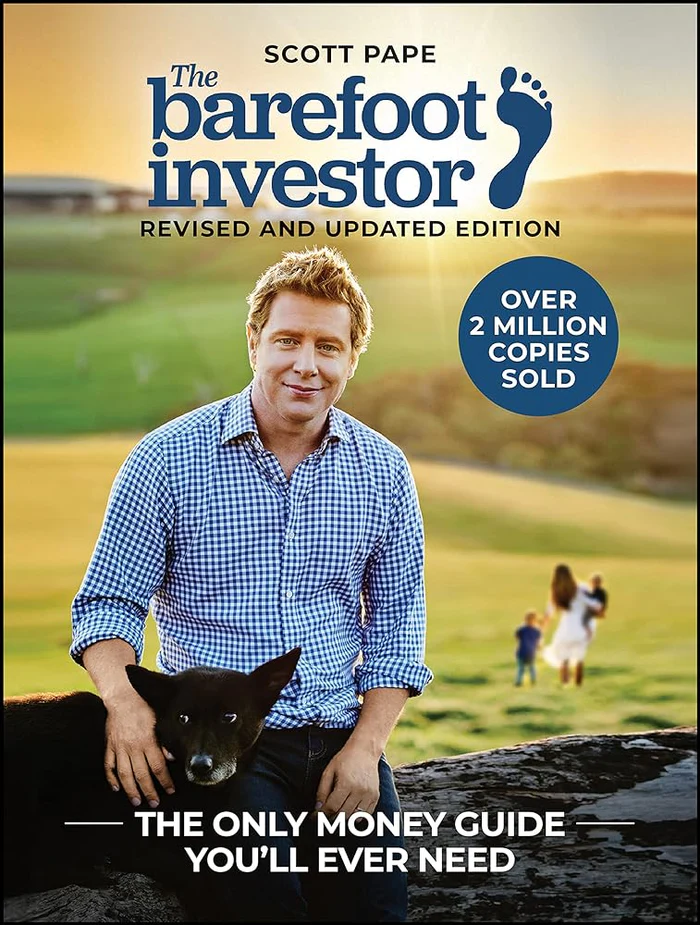
The Barefoot Investor
Scott Pape
Money Has No Value
Samuel A. Chambers
Capital in the Twenty-First Century
Thomas Piketty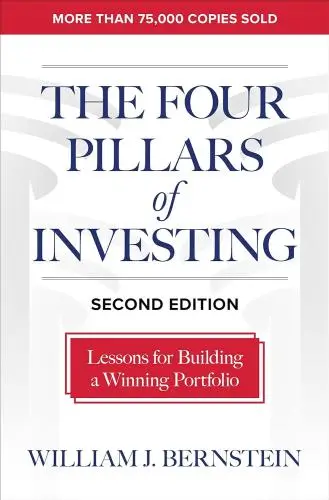
The Four Pillars of Investing
William J. BernsteinTrending Summaries

Peak
Anders Ericsson
Never Split the Difference
Chris Voss
Smart Brevity
Jim VandeHei
The Psychology of Money
Morgan Housel
The First 90 Days
Michael D. Watkins
Atomic Habits
James Clear
Thinking, Fast and Slow
Daniel Kahneman
The Body Keeps the Score
Bessel van der Kolk M.D.
The Power of Regret
Daniel H. Pink
The Compound Effect
Darren HardyNew Books

TOP KNIFE: The Art & Craft of Trauma Surgery
Asher Hirshberg,
English Spirituality
Gordon Mursell
The ^AOxford Handbook of Job Loss and Job Search
Ute-Christine Klehe PhD
Job Interviews For Dummies®
Joyce Lain Kennedy
Job Interviews In A Week
Alison Straw
Handbook of Career Development
Gideon Arulmani
The Art of Spending Money
Morgan Housel
$100M Offers
Alex Hormozi
A Candle for Kiri
Edna Mae Holm
